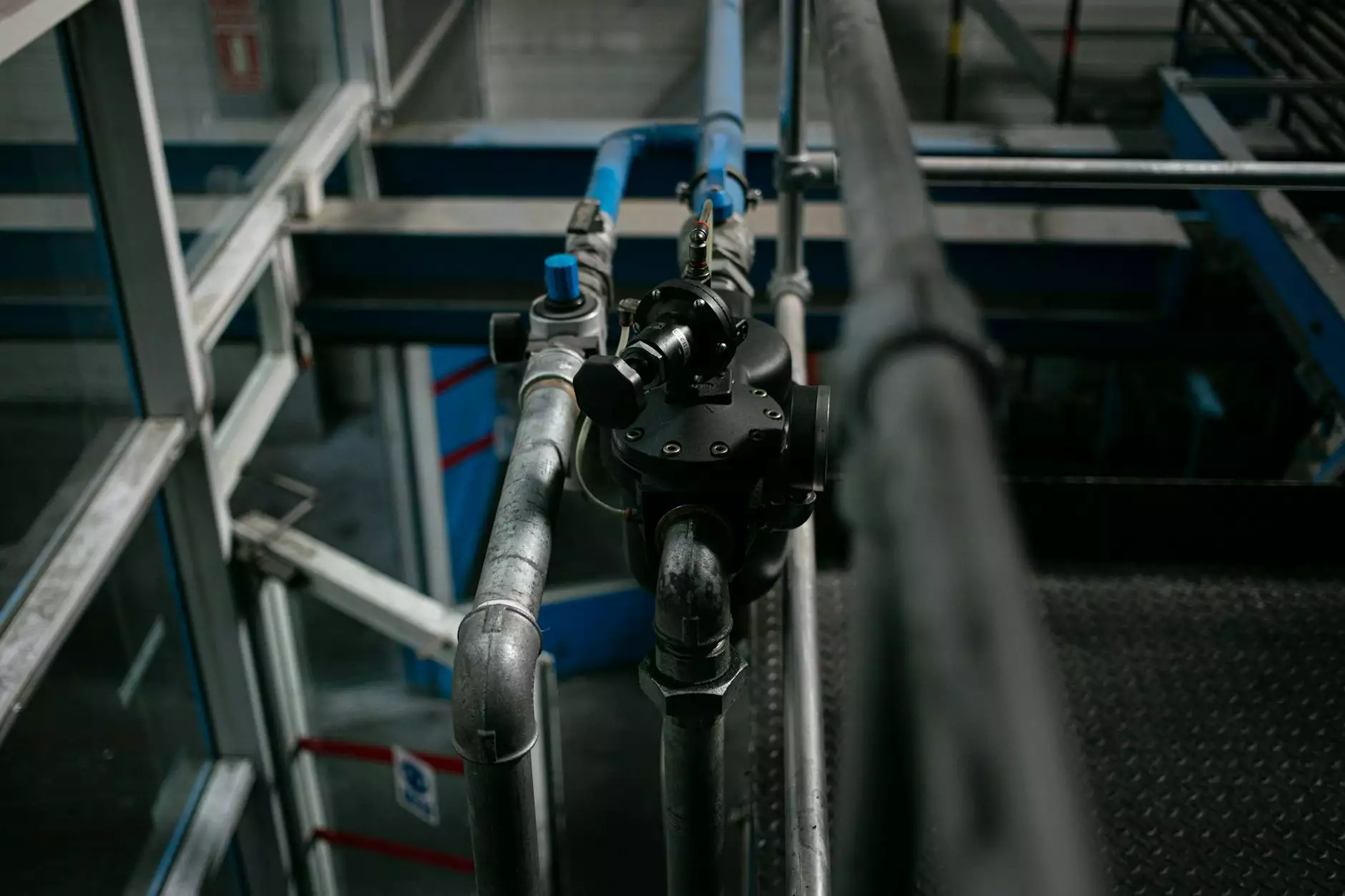Understanding Hysteroscopy Cost: A Comprehensive Guide

When it comes to women's health, hysteroscopy is a crucial diagnostic and therapeutic procedure that can greatly improve outcomes for various gynecological issues. However, one of the most common queries surrounding this procedure is the hysteroscopy cost. In this article, we will explore what factors affect the cost, the types of hysteroscopy procedures available, and how to prepare for the procedure.
What is Hysteroscopy?
Hysteroscopy is a minimally invasive surgical procedure that allows doctors to examine the inside of the uterus using a thin, lighted tube called a hysteroscope. This instrument is inserted through the vagina and cervix into the uterus. Hysteroscopy is often performed to diagnose or treat various conditions such as:
- Uterine fibroids
- Uterine polyps
- Intrauterine adhesions
- Abnormal uterine bleeding
- Uterine septum
Types of Hysteroscopy
Understanding the different types of hysteroscopy can also provide insights into the hysteroscopy cost. There are primarily two types:
1. Diagnostic Hysteroscopy
This is a non-surgical procedure that involves only the examination of the uterine cavity. It is typically performed in an outpatient setting and can help in diagnosing various uterine conditions. The cost for a diagnostic hysteroscopy is generally lower compared to therapeutic options.
2. Operative Hysteroscopy
This procedure not only involves diagnosis but also includes the treatment of identified conditions. During operative hysteroscopy, tools can be introduced through the hysteroscope to remove polyps, fibroids, or scar tissue. As this type of procedure often requires more resources and time, it usually comes with a higher cost.
Factors Influencing Hysteroscopy Cost
The hysteroscopy cost can vary widely based on several factors including:
1. Geographic Location
The average cost of hysteroscopy can differ significantly from one region to another. Urban areas or regions with a higher cost of living may have higher hysteroscopy costs due to increased overheads for healthcare facilities.
2. Facility Type
Hysteroscopies can be performed in different settings such as hospitals, outpatient surgery centers, or private clinics. Costs will vary based on the type of facility where the procedure is performed:
- Hospital setting: Typically more expensive due to higher operational costs.
- Outpatient surgery centers: Generally more affordable, often preferred by patients for simple procedures.
- Private clinics: Costs may vary based on the clinic's reputation and available services.
3. Insurance Coverage
If you have health insurance, your plan may cover some or all of the hysteroscopy cost. However, this largely depends on the specifics of your policy, including:
- The reason for the hysteroscopy (diagnostic vs. operative)
- Your deductible and copay amounts
- Network versus non-network providers
It’s crucial to check with your insurance provider to understand how much of the cost is covered and what your out-of-pocket expenses will be.
4. Experience of the Surgeon
The qualifications and experience of the surgeon can also affect the cost. Highly experienced specialists might charge more for their expertise, but this can potentially lead to better outcomes. Choosing a qualified professional like those at drseckin.com can be worth the investment for your health.
5. Additional Costs
Beyond the hysteroscopy cost, there may be additional expenses to consider:
- Anesthesia fees: If anesthesia is required, this can add to the overall cost.
- Follow-up appointments: After the hysteroscopy, you may need follow-up visits which can incur extra charges.
- Pre-operative tests: Blood work, imaging, or other pre-surgical procedures needed may also affect the total cost.
Average Hysteroscopy Cost
So, what can you expect to pay for a hysteroscopy? On average, the hysteroscopy cost can range from:
- Diagnostic hysteroscopy: $800 to $2,500
- Operative hysteroscopy: $2,000 to $7,500
These figures can vary greatly, and it's essential to obtain detailed estimates from the healthcare provider before proceeding with the procedure.
Preparing for a Hysteroscopy
Preparation for a hysteroscopy can influence the experience and results. Here are important steps to take:
1. Consultation
Before the procedure, a thorough consultation with your healthcare provider is crucial. Discuss:
- Reasons for the hysteroscopy
- Possible risks and side effects
- A detailed breakdown of the costs
2. Pre-Procedure Instructions
Your doctor will likely give you specific instructions such as:
- Avoiding certain medications
- Fasting before the procedure if sedation is needed
- Arranging for someone to drive you home post-op
3. Post-Procedure Care
Post-operative care is just as essential as preparation. Be aware of what to expect after the procedure:
- Possible cramping or discomfort
- Bleeding that may last several days
- When to follow up with your doctor
Conclusion
Understanding the hysteroscopy cost is essential for anyone considering this valuable procedure. While costs can vary based on multiple factors, being informed allows you to make better decisions regarding your health.
Selecting a skilled medical professional like those at drseckin.com ensures that you receive high-quality care that justifies the investment in your health. If you have further questions or concerns about hysteroscopy and related costs, don’t hesitate to reach out to a healthcare provider who can guide you through your options and help you achieve optimal health outcomes.









